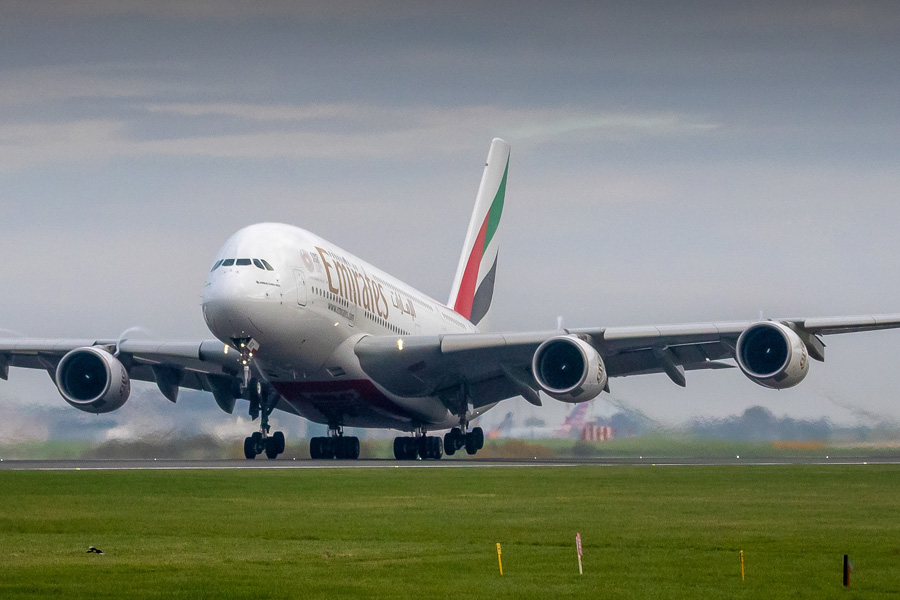Innovations are spreading tentacles in airports around the globe to surround travelers with comforts and take the excessive strain out of transport hubs. So let’s take a look at the most popular everyday objects you might not even guess are smart.
Combining versatile technologies, the global smart airport market is estimated to reach USD 31.10 billion by 2026 growing at a CAGR of 11.2% during the forecast period, according to a new Market Study Report.
Self-service kiosks
The growing implementation of self-service kiosks at airports is driven by travelers’ desire to save check-in time, enjoy personalized services, and obtain updates in real time.
Biometrics
The face recognition and biometrics identification technologies are actively adopted in the international airports. Once a traveler has submitted a passport and registered in the system, his or her face turns into a single travel token, like a traditional passport. For instance, Hong Kong International Airport (HKIA) embedded powerful intelligent technologies to scan and match traveler biometrics — an eye retina and fingerprint — with their passport chip data.
Dubai International Airport was among the first airports to offer smart security gates with automatic identification. Anyone with a machine-readable passport can simply use the smart gate and pass further.
Ads in crowded areas
Another airport leveraged Wi-Fi hotspots to detect passengers’ whereabouts and the exact time spent there. Following the aggregated data analysis, the airport placed ads in the most crowded locations, thus increasing its advertising earnings.
Robotics-enabled luggage storage
Domodedovo International airport, one of the largest airports in Eastern Europe with annual passengers’ flow of +30M, offers luggage check-in and drop-off 24 hours before the scheduled flight. Early birds’ bags go to an automated short-term luggage storage, where six steel arm robots move the chipped bag boxes running along rails to navigate through 12 three-meter shelves at a speed of 14 km/h. When the time comes, the robots are automatically triggered to bring certain bags to a certain flight in just two minutes.
Beacon-based navigation
Beacon-based indoor navigation systems are becoming increasingly popular, as well as multiple wireless sensors helping control air quality and lighting and observe presence of people in the area. In addition, these sensors can contribute to not only automation and engineering system management tasks, but also building of heat maps of popular passenger places across airport to adjust space lease pricing policy.
Beacons also provide the fastest and free to access Wi-Fi in Dubai International Airport. The “world’s fastest airport Wi-Fi” required the installation of new wireless access points throughout the airport, and each of these also includes a Bluetooth Low Energy (BLE) beacon.
Drone detection
In July 2019, Muscat airport first in the World got drone detection system: it detects drones and other devices using radio frequency to protect the surrounding areas of the airport.
“If you look at IoT apps, most are either security or manufacturing related. We see the lack of demand from the airports still following their passenger management routine. However, in the coming years, we will see how IoT enters consumer-related markets with digital helpers, robots, cashier-less shops and many more personalized services provided even before you arrive to the place. Travel experience will become personalized as well,” said Alexander Belyaev, NNTC Technical Director.
